Hola amig@ de Hive, hoy les hablaré acerca del Salar de Uyuni (muchos coinciden que es el espejo del mundo) uno de los principales destinos turísticos de Bolivia (lo visitan 60 000 turistas al año).
Hello Hive friends, today I will tell you about the Salar de Uyuni (many agree that it is the mirror of the world) one of the main tourist destinations in Bolivia (visited by 60,000 tourists a year).

Foto tomada de Geology Science/Photo taken from Geology Science
El Salar de Uyuni (también conocido como salar de Tunupa) es el más grande y alto desierto de sal continuo del mundo (con una superficie de 10 582 km² y 3650 metros sobre el nivel medio del mar). Ubicado en el suroeste de Bolivia, en la provincia de Daniel Campos del departamento de Potosí, y en la provincia de Ladislao Cabrera del departamento de Oruro, dentro de la región altiplánica de la cordillera de los Andes.
The Salar de Uyuni (also known as Salar de Tunupa) is the largest and highest continuous salt desert in the world (with an area of 10 582 km² and 3650 meters above mean sea level). It is located in southwestern Bolivia, in the province of Daniel Campos in the department of Potosí, and in the province of Ladislao Cabrera in the department of Oruro, within the Altiplano region of the Andes Mountains.
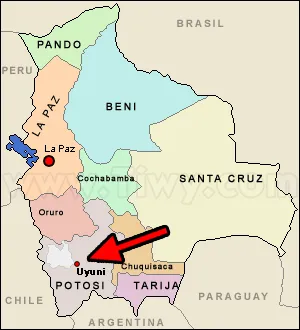
Foto tomada de PeakD/Photo taken from PeakD
Está compuesto aproximadamente por 10 capas de sal (con espesores que pueden alcanzar los 10 metros) y una profundidad de 120 metros.
Se estima que sus reservas oscilan alrededor de 10 000 millones de toneladas de sal y según un el Servicio Geológico de Estados Unidos señala que contiene 21 millones de toneladas de litio (ente 50 y 70 % de la reserva mundial de este mineral), además de contener grandes cantidades de potasio, boro y magnesio.
It is composed of approximately 10 layers of salt (with thicknesses that can reach 10 meters) and a depth of 120 meters.
Its reserves are estimated to be around 10 billion tons of salt, and according to the U.S. Geological Survey, it contains 21 million tons of lithium (between 50 and 70 % of the world's lithium reserves), as well as large amounts of potassium, boron and magnesium.
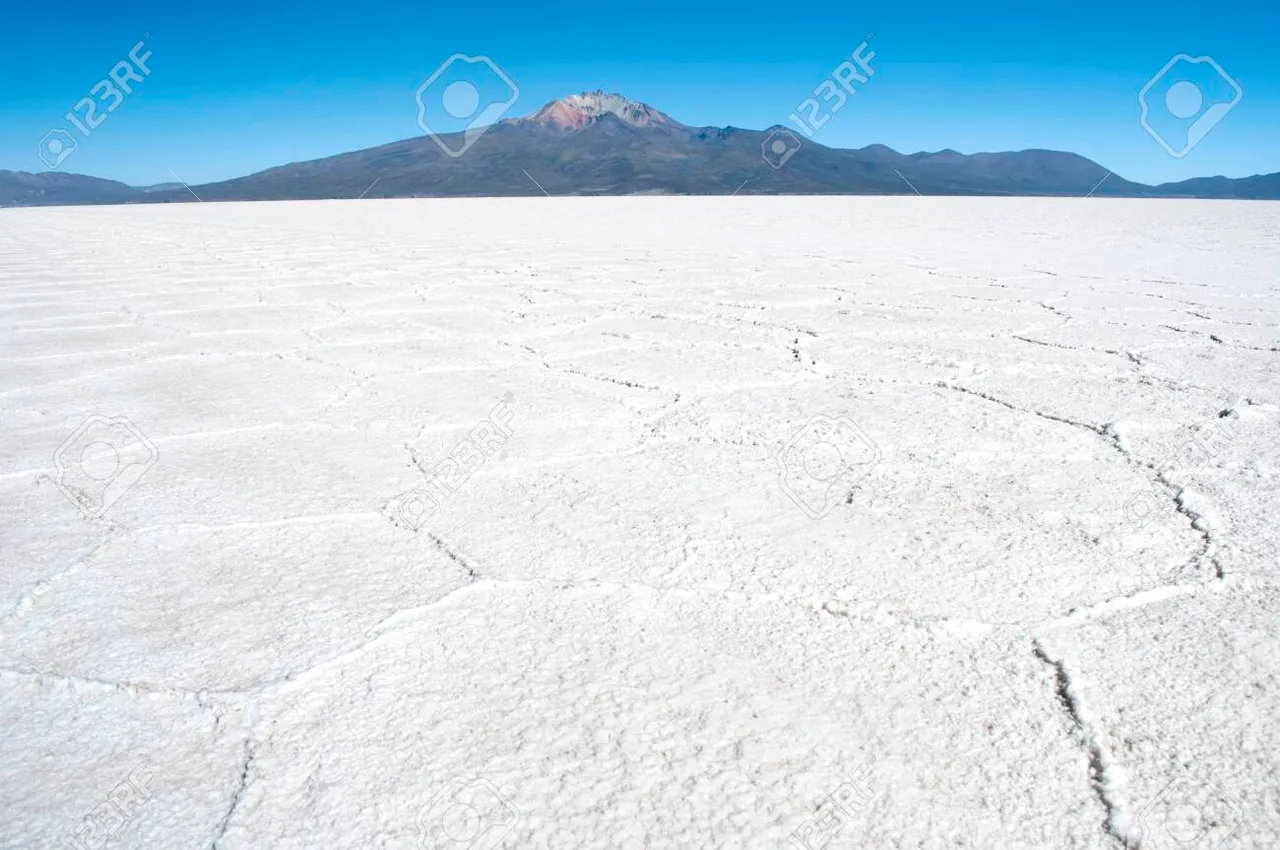
Foto tomada 123RF/Photo taken from 123RF
La vegetación del salar está compuesta por cactus gigantes y pequeños arbustos. A finales de cada año (noviembre), los flamencos (tres especies sudamericanas: el chileno, de James y andinos) tienen sus crías allí.
En los meses lluviosos (enero y marzo) los lagos cercanos al Salar de Uyuni se deabordan y este se cubre con una capa fina de agua que refleja el cielo y las nubes como si de un espejo se tratara.
The vegetation of the salar is composed of giant cacti and small shrubs. At the end of each year (November), flamingos (three South American species: Chilean, James and Andean) have their young there.
In the rainy months (January and March) the lakes near the Salar de Uyuni overflow and it is covered with a thin layer of water that reflects the sky and clouds as if it were a mirror.
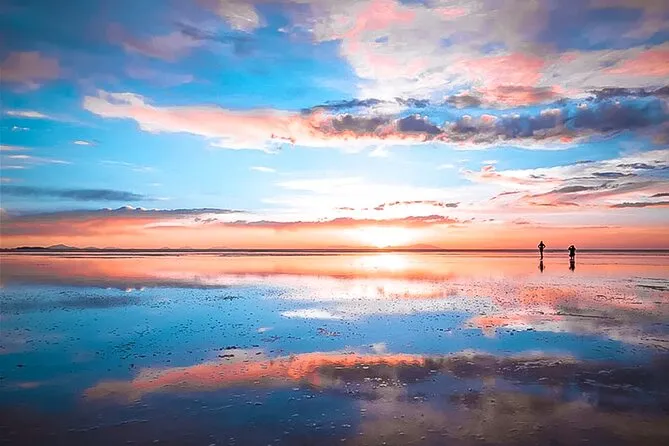
Foto tomada de Viator/Photo taken from Viator

Foto tomada de Turismocity/Photo taken from Turismocity
Debido a la sensación de que su horizonte parece no tener fin, es un lugar ideal para la fotografía.
Because of its seemingly endless horizon, it is an ideal place for photography.
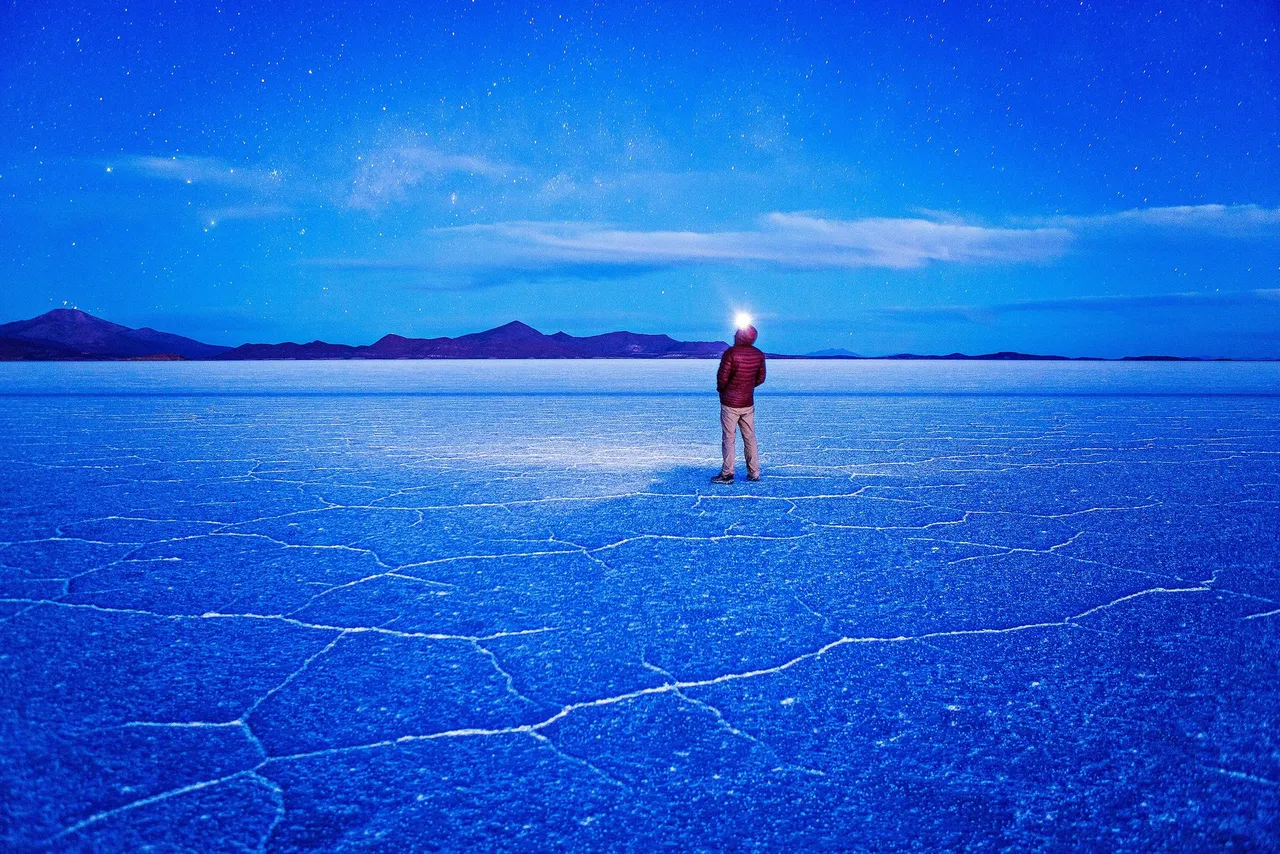
Foto tomada de National Geographic/Photo taken from National Geographic
Sabías que en el Salar de Uyuni se construyó el primer hotel de sal del mundo.
Did you know that the first salt hotel in the world was built in the Salar de Uyuni.
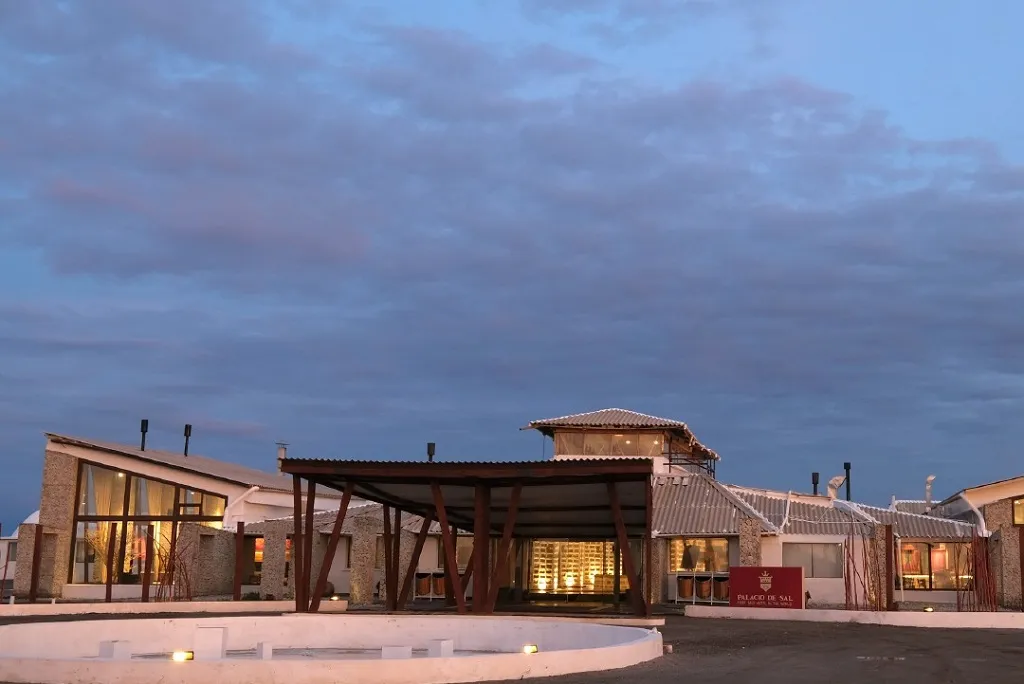
Foto tomada de Now Boarding/Photo taken from Now Boarding
Me despido...Hasta la próxima!!!/I bid you farewell...Until next time!!!.
Saludos desde Cuba/Greetings from Cuba.
Traducido por DeepL App/Traduced by DeepL App.